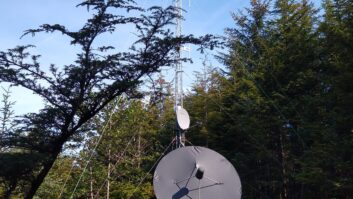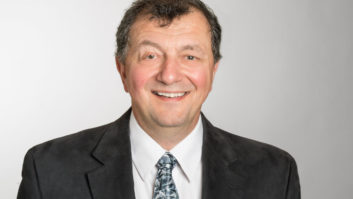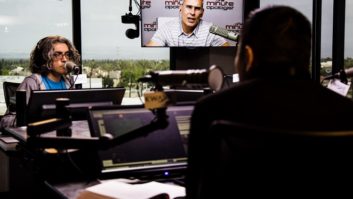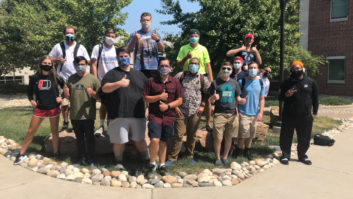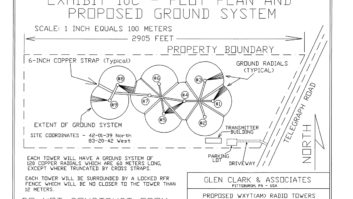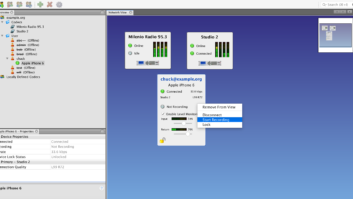Cris Alexander calls them “heel nippers.” He refers to new FM translators or LPFMs operating on the same or adjacent frequencies to his company’s full-power FMs.
The number of such new signals has, of course, exploded in the United States in recent years, as Radio World has reported. One of the many angles to this story is the effect on existing broadcast licenses.
Cris is DOE at Crawford Broadcasting as well as a Radio World contributor. He puts the point succinctly in his company’s Local Oscillator engineering newsletter this week:
“In just the last month, several second-adjacent LPFMs on both sides of WDJC(FM) have been granted in Birmingham,” he wrote. “These may well poke some holes in our digital coverage in the areas between their sites. We’ll be watching closely for this, ready to take action if we see even a hint of a problem.”
Cris wrote that in Chicago, a 250-watt translator on the same frequency as Crawford’s WSRB is on the air northwest of downtown. He says that signal has given Crawford “a tremendous amount of grief.”
“Any interference to existing full-power signals by these heel-nippers is impermissible, but it’s a good bit of work for us to produce and file a showing with the FCC,” Cris continued, describing a situation that I suspect is familiar to many engineering executives.
“It also seems like the climate right now favors the heel-nippers, the rules and the official policy of the FCC notwithstanding. Whatever the case, we’re prepared to go to the mat on each of these to protect our signals, our coverage areas and listeners.”
I’m interested in hearing about the experiences of other engineers facing this situation, including any formal objections filed by full-power broadcasters to the new batch of low-power FMs.





